Caterpillar Inc. (NYSE: CAT), a global leader in heavy machinery and construction equipment, is currently trading at $297.55 per share, reflecting a decline of approximately 18% from its prior highs of $418. While the stock faced headwinds due to tariff-related concerns, it has rebounded in recent trading sessions.
In this analysis, we evaluate Caterpillar’s latest financials using several valuation models, including:
- Discounted Free Cash Flow (DCF) Model
- Comparable Company Model
- Dividend Discount Model (DDM)
- Ben Graham’s Intrinsic Value Formula
Financial Overview
Market Metrics
| Metric |
Value |
| Current Share Price |
$297.55 |
| Market Cap |
$142B |
| PE Ratio |
13.5 (Lower than market avg. of 26) |
| EPS |
$22.25 |
| Beta |
1.2 (Higher volatility) |
| Analyst Consensus Target |
$370 (Implying upside potential) |
| Dividend Yield |
1.92% ($5.70 per share) |
| Dividend Payout |
$2.7B (25% of net income, 30% of free cash flow) |
Revenue Analysis
Caterpillar’s revenue declined in 2024 compared to the prior year:
| Period |
Revenue |
| FY 2023 |
$67.1B |
| FY 2024 |
$64.8B (-3.4%) |
On a quarterly basis, revenue also fell:
| Period |
Revenue |
| Q4 2023 |
$17.1B |
| Q4 2024 |
$16.2B (-5.3%) |
Segment Breakdown
Caterpillar operates across multiple business segments, all of which experienced revenue declines:
| Segment |
Q4 2023 Revenue |
Q4 2024 Revenue |
% Change |
| Energy & Transportation |
$7.67B |
$7.65B |
-0.3% |
| Construction Industries |
$6.52B |
$6.00B |
-8% |
| Resource Industries |
$3.24B |
$2.96B |
-9% |
Profitability
Despite declining revenues, profitability remains strong, with net income hitting all-time highs of $10.79B. However, free cash flow dropped to $8.82B, down from $9.8B in the prior year due to an increase in CapEx and lower operating cash flow.
Share Buybacks
Caterpillar has been consistently repurchasing shares, providing value to investors. The buyback trend continues, reinforcing management’s confidence in long-term growth.
Valuation Analysis
Discounted Free Cash Flow (DCF) Model
DCF analysis estimates Caterpillar’s intrinsic value at $370 per share, in line with analyst consensus. However, if revenue stagnates or declines, the fair value could drop to $274.
| Revenue Growth |
Intrinsic Value |
| Flat Growth |
$274 |
| 2% Growth |
$330 |
| 10% Growth |
$440 |
Given Caterpillar’s history of 10% annual revenue growth, a higher valuation near $400 could be justified, provided the company reverses its recent revenue decline.
Dividend Discount Model (DDM)
The DDM model suggests a valuation as high as $1,200 if Caterpillar maintains historical dividend growth rates of 7-8%. A more realistic 6.5% growth rate places its fair value at approximately $340, reinforcing the stock’s attractiveness for dividend-focused investors.
Ben Graham Formula
Graham’s intrinsic value formula estimates a fair price of $340, aligning with analyst predictions.
Comparable Company Analysis
Caterpillar was benchmarked against peers like Deere & Co. (DE), Paccar Inc. (PCAR), and Cummins Inc. (CMI).
| Company |
Market Cap |
Revenue |
PE Ratio |
| Deere & Co. (DE) |
$160B |
$55B |
12.5 |
| Caterpillar (CAT) |
$142B |
$64.8B |
13.5 |
| Paccar (PCAR) |
$55B |
$36B |
14.2 |
| Cummins (CMI) |
$32B |
$26B |
12.8 |
Caterpillar leads in revenue and profit margins, but trades at a higher valuation relative to peers. When adjusted for industry comparisons, the fair value ranges between $280 and $360 per share, reinforcing potential upside.
Investment Verdict
Buy or Sell?
- DCF Model: BUY ($330-$370 target)
- DDM Model: BUY ($340 target)
- Ben Graham Formula: BUY ($340 target)
- Comparable Analysis: BUY ($280-$360 range)
Key Risk Factor: Revenue Decline
The biggest risk to Caterpillar’s valuation is continued revenue decline. If sales contract further, future valuations would be negatively impacted. Investors should monitor earnings trends and revenue growth closely.
Final Recommendation
Caterpillar appears undervalued based on multiple valuation models. While recent revenue declines present a concern, profitability remains strong, and dividend growth supports a long-term investment case.
For investors comfortable with temporary revenue softness, Caterpillar looks like a strong buy, especially for dividend-focused portfolios.
https://youtu.be/feeVbrqzR94?si=xsbcwbMfsSxgR5IZ

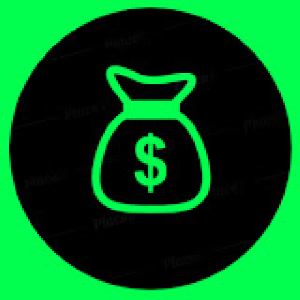








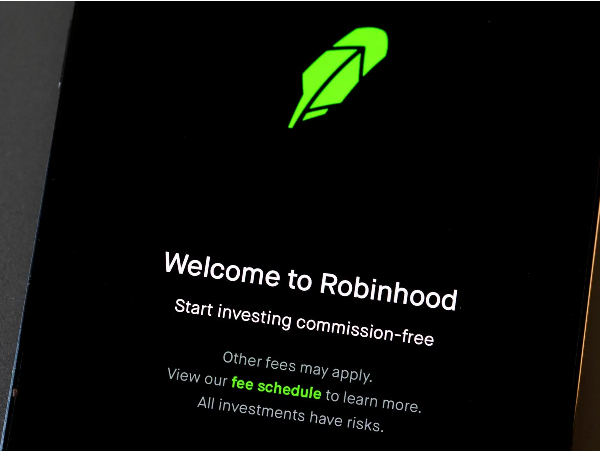


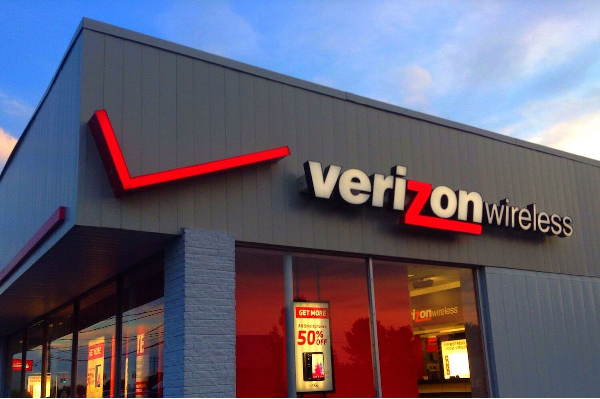
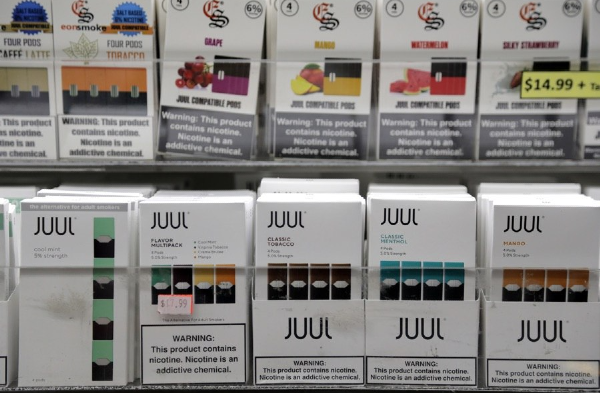
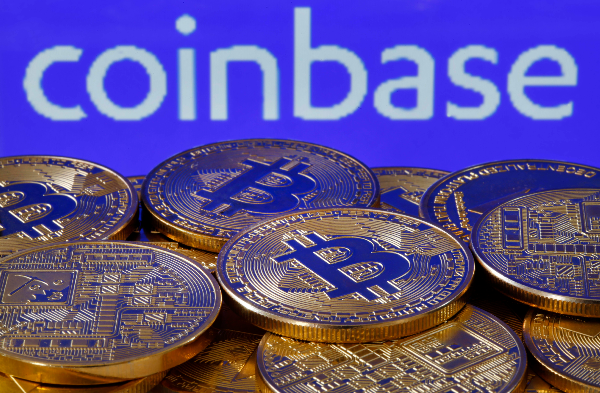
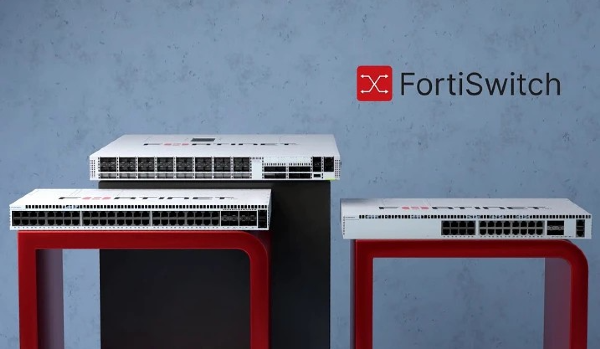
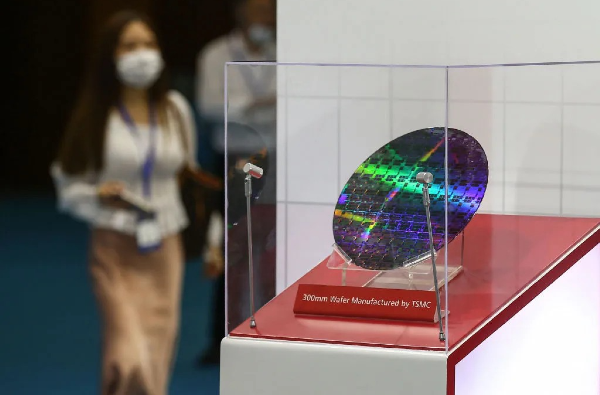
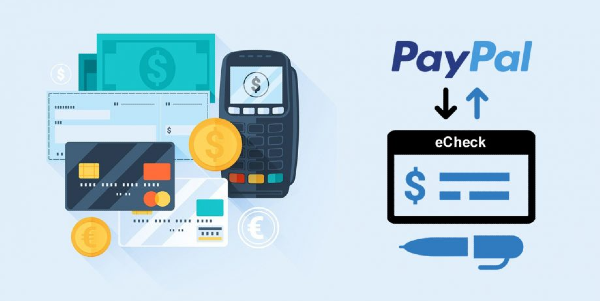












Caterpillar Inc. (NYSE: CAT), a global leader in heavy machinery and construction equipment, is currently trading at $297.55 per share, reflecting a decline of approximately 18% from its prior highs of $418. While the stock faced headwinds due to tariff-related concerns, it has rebounded in recent trading sessions.
In this analysis, we evaluate Caterpillar’s latest financials using several valuation models, including:
Financial Overview
Market Metrics
Revenue Analysis
Caterpillar’s revenue declined in 2024 compared to the prior year:
On a quarterly basis, revenue also fell:
Segment Breakdown
Caterpillar operates across multiple business segments, all of which experienced revenue declines:
Profitability
Despite declining revenues, profitability remains strong, with net income hitting all-time highs of $10.79B. However, free cash flow dropped to $8.82B, down from $9.8B in the prior year due to an increase in CapEx and lower operating cash flow.
Share Buybacks
Caterpillar has been consistently repurchasing shares, providing value to investors. The buyback trend continues, reinforcing management’s confidence in long-term growth.
Valuation Analysis
Discounted Free Cash Flow (DCF) Model
DCF analysis estimates Caterpillar’s intrinsic value at $370 per share, in line with analyst consensus. However, if revenue stagnates or declines, the fair value could drop to $274.
Given Caterpillar’s history of 10% annual revenue growth, a higher valuation near $400 could be justified, provided the company reverses its recent revenue decline.
Dividend Discount Model (DDM)
The DDM model suggests a valuation as high as $1,200 if Caterpillar maintains historical dividend growth rates of 7-8%. A more realistic 6.5% growth rate places its fair value at approximately $340, reinforcing the stock’s attractiveness for dividend-focused investors.
Ben Graham Formula
Graham’s intrinsic value formula estimates a fair price of $340, aligning with analyst predictions.
Comparable Company Analysis
Caterpillar was benchmarked against peers like Deere & Co. (DE), Paccar Inc. (PCAR), and Cummins Inc. (CMI).
Caterpillar leads in revenue and profit margins, but trades at a higher valuation relative to peers. When adjusted for industry comparisons, the fair value ranges between $280 and $360 per share, reinforcing potential upside.
Investment Verdict
Buy or Sell?
Key Risk Factor: Revenue Decline
The biggest risk to Caterpillar’s valuation is continued revenue decline. If sales contract further, future valuations would be negatively impacted. Investors should monitor earnings trends and revenue growth closely.
Final Recommendation
Caterpillar appears undervalued based on multiple valuation models. While recent revenue declines present a concern, profitability remains strong, and dividend growth supports a long-term investment case.
For investors comfortable with temporary revenue softness, Caterpillar looks like a strong buy, especially for dividend-focused portfolios.
https://youtu.be/feeVbrqzR94?si=xsbcwbMfsSxgR5IZ